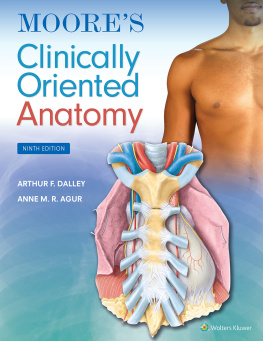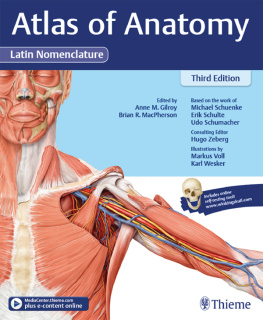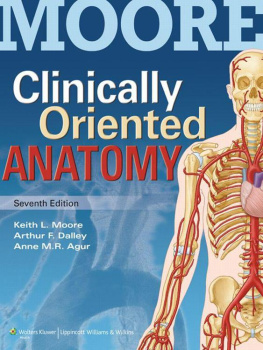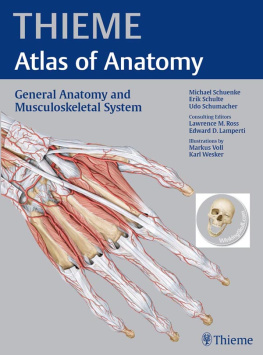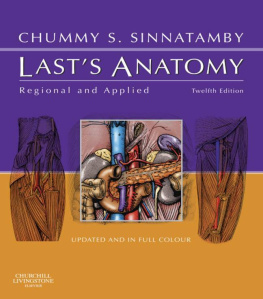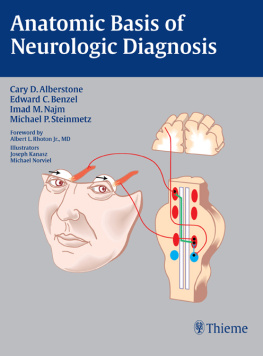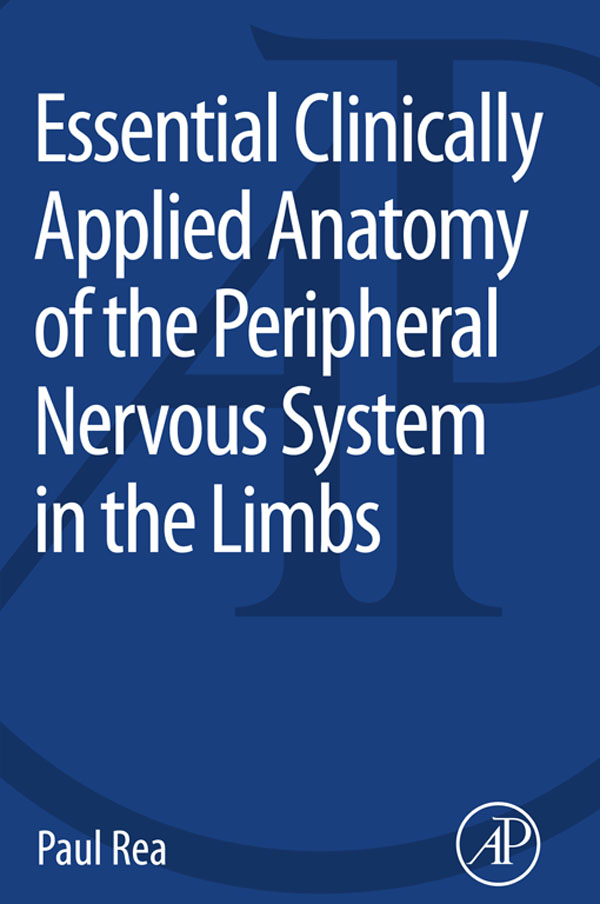Essential Clinically Applied Anatomy of the Peripheral Nervous System in the Limbs
Paul Rea MBChB, MSc, PhD, MIMI, RMIP, FHEA, FRSA
University of Glasgow, Glasgow, UK
Table of Contents
Copyright
Academic Press is an imprint of Elsevier
125, London Wall, EC2Y 5AS, UK
525 B Street, Suite 1800, San Diego, CA 92101-4495, USA
225 Wyman Street, Waltham, MA 02451, USA
The Boulevard, Langford Lane, Kidlington, Oxford OX5 1GB, UK
Copyright 2015 Elsevier Inc. All rights reserved.
No part of this publication may be reproduced or transmitted in any form or by any means, electronic or mechanical, including photocopying, recording, or any information storage and retrieval system, without permission in writing from the publisher. Details on how to seek permission, further information about the Publishers permissions policies and our arrangements with organizations such as the Copyright Clearance Center and the Copyright Licensing Agency, can be found at our website: www.elsevier.com/permissions.
This book and the individual contributions contained in it are protected under copyright by the Publisher (other than as may be noted herein).
Notices
Knowledge and best practice in this field are constantly changing. As new research and experience broaden our understanding, changes in research methods, professional practices, or medical treatment may become necessary.
Practitioners and researchers must always rely on their own experience and knowledge in evaluating and using any information, methods, compounds, or experiments described herein. In using such information or methods they should be mindful of their own safety and the safety of others, including parties for whom they have a professional responsibility.
To the fullest extent of the law, neither the Publisher nor the authors, contributors, or editors, assume any liability for any injury and/or damage to persons or property as a matter of products liability, negligence or otherwise, or from any use or operation of any methods, products, instructions, or ideas contained in the material herein.
British Library Cataloguing-in-Publication Data
A catalogue record for this book is available from the British Library
Library of Congress Cataloging-in-Publication Data
A catalog record for this book is available from the Library of Congress
ISBN: 978-0-12-803062-2
For information on all Academic Press publications visit our website at http://store.elsevier.com/

Preface
One area that has always proved to be a challenge in both undergraduate and postgraduate study of medicine, surgery, dentistry and the related health professions, and in the life sciences, has been the nervous system.
All too often, resources available in the field of anatomy, neurology and the neurosciences, for the study of the nervous system, are fraught with complex anatomical detail. On the other hand, more clinically applied resources tend to focus on the presentation of the patient rather than focusing on the underlying anatomy. Knowledge of the underpinning anatomy is absolutely essential to understand the clinical presentation in the patient. Yet, resources currently available tend to focus on one or the other, and do not combine these essential features.
Therefore, the purpose of this textbook is to provide the key anatomical facts, in an easy to access format, for each of the major regions of the nervous system related to the upper and lower limbs. Hopefully what has been achieved with this resource is a balance between anatomical content and clinical presentations, without over complicating the anatomy. It takes the reader through, in a step-by-step process, the key features of the nervous system of the upper and lower limbs.
First, the nervous system is introduced and the major divisions, both structurally and functionally, are examined. This allows the key features of the nervous system to be laid out in an approachable fashion to provide a broad scope of understanding. Then, the central and peripheral nervous systems are compared and contrasted to provide the reader with an easy to follow overview of these regions. The same applies when dealing with the somatic and autonomic nervous systems.
The following chapter then introduces the upper limb from a skeletal perspective and then provides a broad overview of the key features of the nervous system in that territory. Then, a detailed account is given of the brachial plexus, followed by the cutaneous and/or motor innervation of nerves supplying the upper limb.
Then, the lower limb is dealt with in exactly the same format to maintain continuity. This chapter introduces the lower limb from a skeletal perspective and then provides a broad overview of the key features of the nervous system in that territory. Leading on from this, the cutaneous and/or motor innervation is given in a step-by-step format for each of the main nerves in the lower limb.
What differs with this text is that rather than copious amounts of detail, the essential anatomy is presented, frequently in tables. That way the key facts related to each region or nerve can be accessed immediately without having to cross reference the text frequently.
Another key feature of this text lies in the fact that when each area is dealt with, the pertinent clinical applications are discussed. This involves detailing how to clinically examine each nerve or set of nerves. It frequently provides hints and tips on how to examine these clinically in the patient. This means that all key information is readily accessible in the same region.
Also, detailed descriptions on how to examine each of these nerves in turn are provided, with common clinical conditions encountered in clinical practice discussed. This provides direct clinical correlations to pathologies involving the anatomy of these nerves.
The combination of ensuring the relevant anatomical detail is provided next to the clinical correlations, and hints and tips on how to examine each region, makes this text incredibly unique.
The anatomical information is also supported by high-resolution digital photographs of many of the nerves being referred to throughout. A fully labeled image is provided of professionally dissected specimens (prosections) from the Laboratory of Human Anatomy within the School of Life Sciences, part of the College of Medical, Veterinary and Life Sciences in the University of Glasgow. The reader can therefore identify the anatomy of some of these important structures, and also see related anatomy in one single snapshot of that region.
It is hoped that this text will be the perfect revision tool, to have at the bedside, surgery or outpatient department, or simply to have at hand for quick access to the key anatomy, clinical applications and reminders of how to examine a patients neurological system in relation to the upper and lower limbs for upcoming professional examinations. Pathologies of these areas frequently present to a wide variety of healthcare practitioners. It would be envisaged that this book would be a primary book as a quick reference guide, but can also be used alongside the readers other resources from their clinical experience and training, including lecture/tutorial notes, textbooks, workbooks, etc., as it would bring together material covered in so many fields including pathology, surgery, clinical examination, and anatomy.




